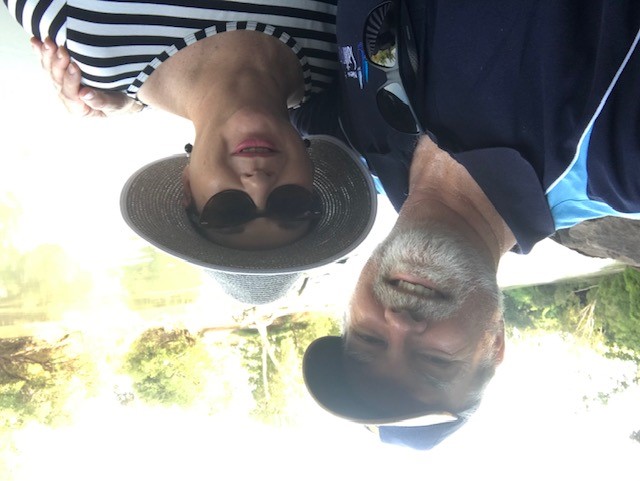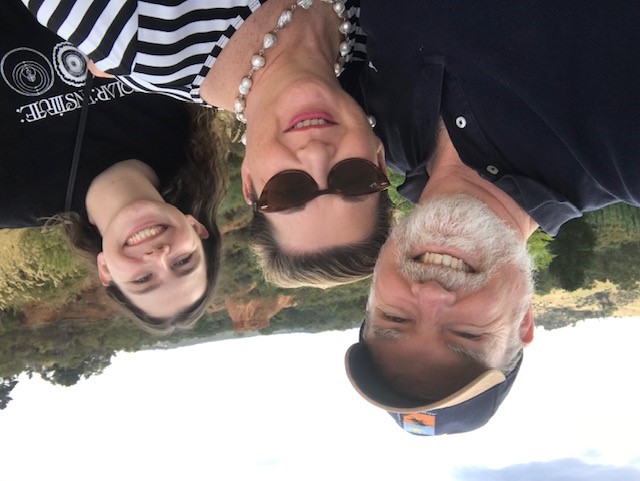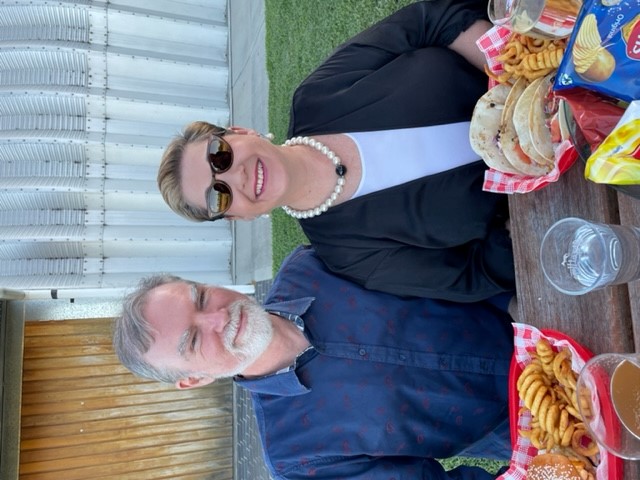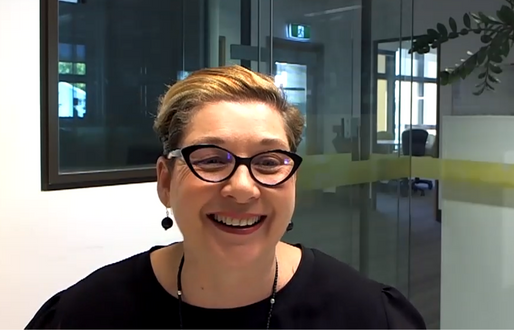Until recently, Dr Maree Puxty was chair of the New England Division of General Practice and had been operating the West Armidale Medical Centre with husband, Dr Terry Bohlsen, for over a decade. She has a passion for training aspiring medical minds and is the academic lead for UNE’s Longitudinal Integrated Clerkship program - an innovative pilot program to attract senior medical students to rural generalist practice.
But what does it actually take to work in a regional general practice and teach medicine? And what does the journey from medical student to general practitioner (GP) look like?
Early Years
To become a doctor, you must have a deep desire to help others. But to become a GP you must also have a specialist’s knowledge within multiple fields. A tall order for anyone, particularly for a young schoolgirl from Cessnock wanting to do something considered different at the time - study medicine.
“I had to work very hard in high school to get the marks to study medicine,” says Maree. “Physics, chemistry and maths don’t come easily to me, so it was hard work. But I did well enough to get into the course I wanted at the University of Newcastle, which was one of only three universities offering medicine in NSW at that time.
Physics, chemistry and maths don’t come easily to me, so it was hard work. But I did well enough to get into the course I wanted.
“In those days, the number of universities, placements and places to intern was limited. But if you wanted to become a GP, the recommendation was to go intern at Hornsby Hospital. Hornsby had an at-the-time innovative program of having a general practice attached to the hospital, which meant as a resident you got to work in the general practice and hospital.”

Maree on holiday with husband, Terry.
As fate would have it, on the very first day of her Hornsby internship, Maree would meet fellow intern Terry Bohlsen. They married 18 months later and joined the General Practice training program, travelling to the United Kingdom at the end of their second post-graduate year.
“We spent two years around Birmingham in a place called Sutton Coldfield, and we worked in a hospital called Good Hope Hospital, affectionately known as ‘No-Hope Hospital’ because of the cemetery next door,” Maree jests.
“I enjoyed the UK, but we worked really hard. I worked a rostered 80-hour week. We did an enormous amount of on-call and everybody was chronically sleep-deprived. I always think of it as a great time, but the workload was just not sustainable.”
I worked a rostered 80-hour week. We did an enormous amount of on-call and everybody was chronically sleep-deprived.
Moree
The couple’s medical training continued after returning from the UK, albeit with a stark contrast in lifestyle unique to regional Australia.

On family holiday Maree and Terry are photobombed by daughter, Sophie.
“When we returned to Australia, we did a term as GP registrars in Moree. We both really enjoyed it and felt really comfortable in the community. So, after we completed our training, we came back and worked at the Associate Medical Practice and Saint Pius Aboriginal Corporation in Moree for 10 years.”
Moree proved to be ideal for career opportunities and a great lifestyle. “We felt valued as members of the community in Moree, and Terry was able to use his GP obstetric and anaesthetic skills.”
Maree and her family made the decision to move to Armidale for greater educational opportunities once their eldest of three children made it to secondary school.
Armidale
“Armidale suited us quite well,” Maree says. “I always had an interest in what made people tick and had a Master of GP Psychiatry. So, along with a great selection of schools, Armidale offered the opportunity to pursue psychiatry work through the Clark Centre in-patient unit at Armidale hospital and Terry was able to continue his obstetric and anaesthetic work.
“We also quickly met and clicked well with doctors Susan Paul and David Young, owners of the West Armidale Medical Centre at the time. We have now been living in Armidale for the past 18 years.”

After a great 18 years, Maree and Terry have their Armidale farewell.
About 2009, Susan and Paul moved to Brisbane, leaving management of the medical centre to Maree and Terry. Since then, their three children have completed high school and moved from the region.
They have since sold their practice to a non-profit, in a bid to be closer to their adult children and ageing parents.
Maree is now using this time to focus more on her teaching.
Teaching
Maree has always had an interest in teaching. She has been moulding medical minds across the New England North West before the Joint Medical Program was formed and is one of the region’s trainers of GP Registrars.
Currently, she is the academic lead on something called the Longitudinal Integrated Clerkship (LIC) program, which sends senior medical students with ambitions to be rural doctors to small towns to work as apprentice GPs for a semester (19 weeks).
And even after such a lengthy and prodigious teaching career, Maree still finds excitement and enjoyment in it. “It's the spark within the enthusiasm you see in the people you teach that still appeals to me. You know everyone is super keen and super interested; they chose to be there. They want to be here. They want to work in health.
It's the spark within the enthusiasm you see in the people you teach that still appeals to me.
“Another thing that excites me about teaching is how the students tend to keep you on your toes. They are a lot cleverer than I am, so I have to keep up with all of their questions, which brings me a lot of intellectual stimulation.”
Maree says teaching can sometimes be a bit like a performance. “I’ve been part of the Armidale Drama & Music Society for over the last 18 years, and getting up on stage can be a lot like teaching, which is always gratifying when you have an enthusiastic audience… and not so much when you don’t.
“But I think it's the spark you see in the desire of people who want to learn and are interested that motivates me to teach. After all, they are the hope and future of the health of our country.”


